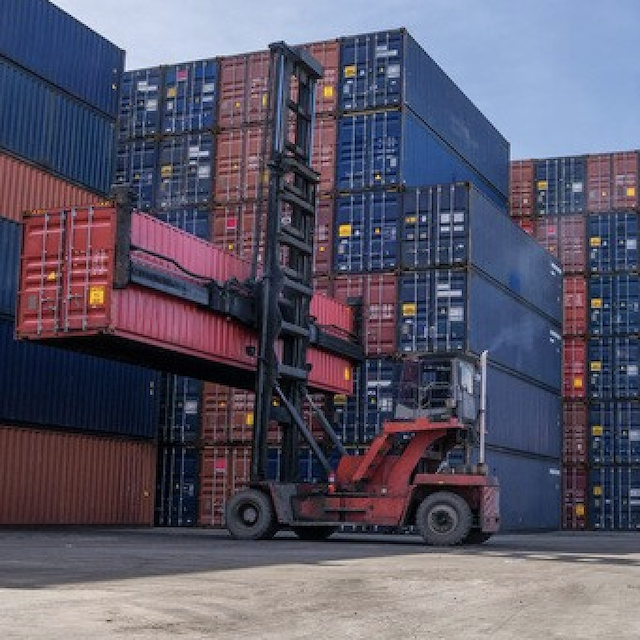Logistics Real Estate Hits a Turning Point in Q3 2025

Logistics real estate fundamentals in Q3 2025 indicate an inflection point in operating conditions. Net absorption, new lease signings, build-to-suit activity, and the proposal pipeline all reached healthier levels compared with 2024, according to Prologis’ industrial sector analysis. While demand has improved, it has not yet returned to normalized levels.
The Prologis IBI Activity Index cooled to 53 in Q3 and into October, reflecting that supply chain activity had been pulled forward earlier in the year and year-to-date holiday spending remains muted. Utilization rates rose through Q3, averaging 84% and climbing to nearly 85% in October.
Differences by company type reveal strategic supply chain shifts in response to changing trade policies. Manufacturers and wholesalers, who front-loaded freight earlier in the year, recorded higher activity and utilization than retailers through October. These trends should reverse as goods move downstream ahead of the holiday season. Despite these gains, average utilization remains below traditional expansionary levels, leaving room for a strong supply chain response if consumption exceeds expectations.
Net absorption totaled 47 million square feet in Q3, up 64% from the previous quarter, though still behind the typical pace of 59 million square feet. New lease signings rose an average of 10% in Q2 and Q3 vs. Q1, reflecting growing confidence and a return to long-term leasing strategies. As more customers shift from caution to action, speculative deliveries are expected to decline, creating greater scarcity in the market.
Activity continues to be led by large and e-commerce companies, with sectors tied to essential goods — including food and beverage, e-commerce, and healthcare — driving the bulk of leasing volume. Categories linked to discretionary spending remain subdued, potentially creating pent-up demand to be released as interest rates stabilize and the economic outlook improves.
Vacancy is projected to remain near the mid-7% range in the near term, supporting a stabilizing market environment. The construction pipeline continues to shrink, with new starts below the 2017–2019 average. Prologis notes that this decline reflects heightened developer discipline, influenced by compressing margins, a shortage of well-located land with adequate infrastructure, and growing regulatory barriers.
Source: GlobeSt/ALM